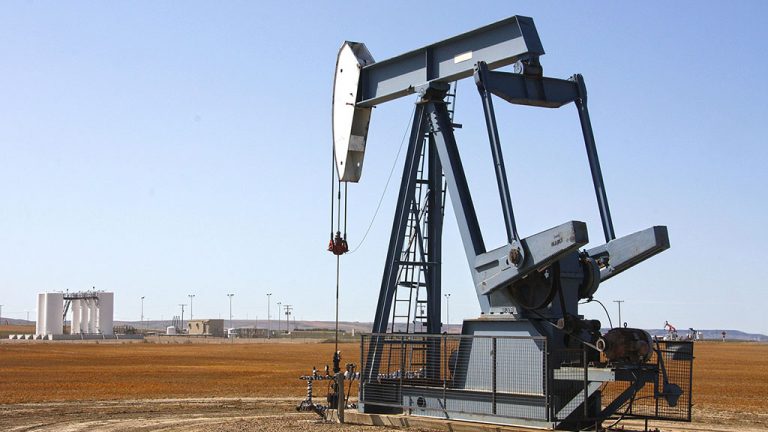The Middle East is extremely important to China due to the region’s rich natural resources, strategic geopolitical location and ambitious plans for the development of bricks and mortar as well as high-tech infrastructure.
The Middle East is positioned in the centre of the map of the Belt and Road Initiative (BRI). The region spreads over the three continents: Africa, Asia and Europe. Also, it has access to five seas and major maritime byways, the Bosporus, the Dardanelles, Suez, Bab el-Mandeb and the Hormuz Strait.
After the adoption of the BRI in 2013, China’s involvement in the region increased dramatically. Between 2013 and 2019, Chinese investment in the Middle East amounted to approximately US$93.3 billion. More than half of the funds have been allocated to the energy sector. The remaining portion has been invested in real estate, transportation and utilities.
Also, China is the largest trading partner for Middle Eastern economies. According to Chinese customs statistics, imports and exports between China and the Middle East in 2019 reached $294.4 billion — approximately 30 per cent higher than in 2018. The strengthening of trade is likely to continue in the long term with further integration of the BRI with regional national development programs, such as Saudi Vision 2030, UAE Vision 2021, Jordan 2025, Turkey’s Middle Corridor and Kuwait’s Vision 2035.
Oil and gas
The increase in trade to a large extent is explained by China’s spectacular economic growth over the last 30 years. During the past three decades, the country’s demand for energy has increased dramatically, resulting in more pronounced partnerships between China and its main oil and gas suppliers.
Currently, nine of the top 15 suppliers of crude oil to Beijing are nations in the Middle East. Wood and Mackenzie has estimated that in 2020, China will import about 9.1 million barrels of oil per day. Approximately 38 per cent of this amount will come from the Middle Eastern sources.
In addition to oil, the region is also a key supplier of China’s liquefied natural gas. Countries in the region see Beijing as a reliable long-term energy consumer with high demand-growth potential. According to the International Energy Agency, by 2035, the amount of oil imported by China from the Middle East will double.
Trade infrastructure projects
Industrial parks and ports have been paramount to achieving connectivity for the region as part of the BRI. China’s infrastructure spending in the Middle East has been directed towards the development of trading connections between the country and major economies in the region.
This has been achieved through the construction and expansion of ports in UAE (Khalifa port), Oman (Duqm port), Saudi Arabia (Jizan port) and Israel (ports in Haifa and Ashdod). Investment in these ports has enhanced China’s trade links with the countries in the Persian Gulf, Mediterranean and other regions.
In addition to maritime projects, Chinese firms have obtained contracts for the construction of railway networks. High-speed rail lines connecting Jeddah, Mecca and Medina built by the China Railway Construction Corporation (CRCC) have become flagship Chinese projects in the Middle East. Chinese companies have been involved in the construction of railways not only in Saudi Arabia, but also in Turkey, Iran, Israel and Egypt.
Digital Silk Road
Another important part of the BRI in the Middle East is the Digital Silk Road (DSR). The DSR covers the development of technology-related works as well as their supporting infrastructure. Such regional high-tech initiatives have included Smart Dubai 2021, Saudi Arabia’s National Transformation Program 2030, Morocco’s Mohamed VI Tangier Tech City and the China-Egypt Suez Economic and Trade Cooperation Zone.
These programs provide the basis for the introduction of Chinese 5G telecommunication technologies and implementation of an advanced network of under-sea fiber optic cables, as well as development and further application of the Chinese global satellite navigation system known as “BeiDou.” Currently, the system has more satellites than US GPS (35 versus 31) and is used by countries in the region for telecommunications and maritime security as well as precision agriculture.
Most of the high-tech infrastructure projects in the Middle East, such as broadband networks, e-commerce hubs and smart cities have been developed and implemented by the companies Huawei and ZTE. Huawei leads in construction of 5G networks through partnerships with telecoms in UAE, Saudi Arabia, Kuwait, Egypt and Bahrein.
Conclusion
As the Chinese economy continues to grow and its energy demands increase, the country will become more actively involved in infrastructure development of the Middle East. The BRI will inspire new investments in various sectors. Combined with the new ports and railways, the implementation of 5G networks, satellite navigation systems and other modern technologies will result in growing trade between China and the Middle East and will drive participation in more infrastructure and construction projects.










Recent Comments